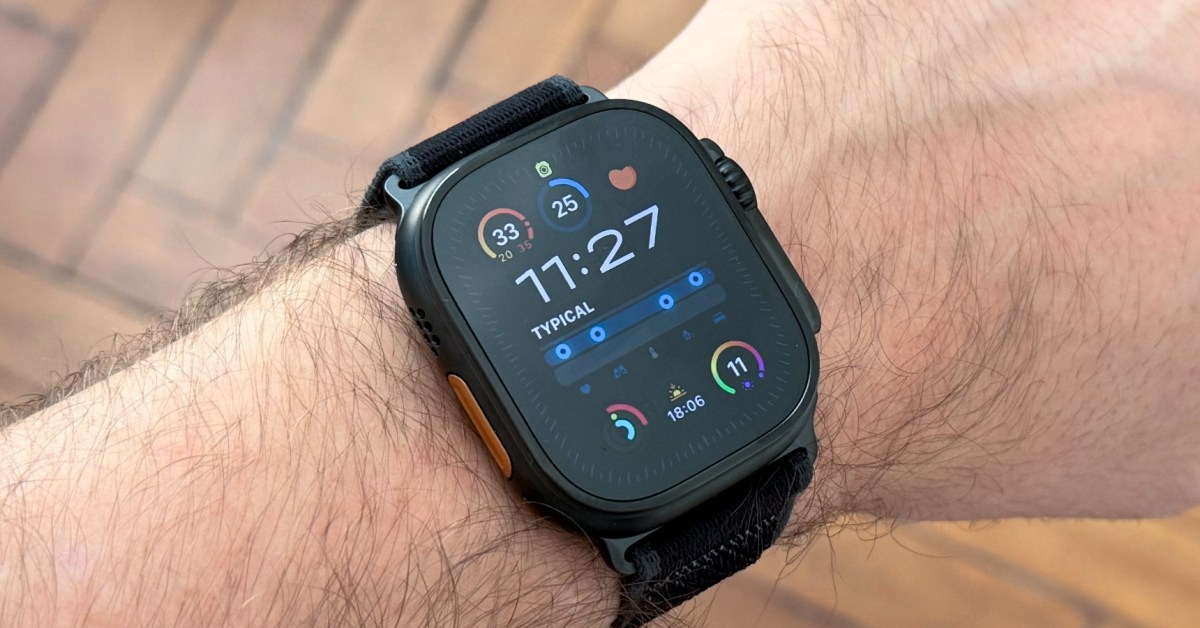
I’d take AI smart glasses over an Apple Watch with a camera any day
- 24.03.2025 06:50
- bgr.com
- Keywords: AI, Apple
Apple plans to add cameras to its Watch Series and Ultra models for Visual Intelligence AI. The Series will have an in-display camera, while the Ultra will feature a side-mounted one. However, concerns about usability and battery life suggest the move may not be widely embraced.